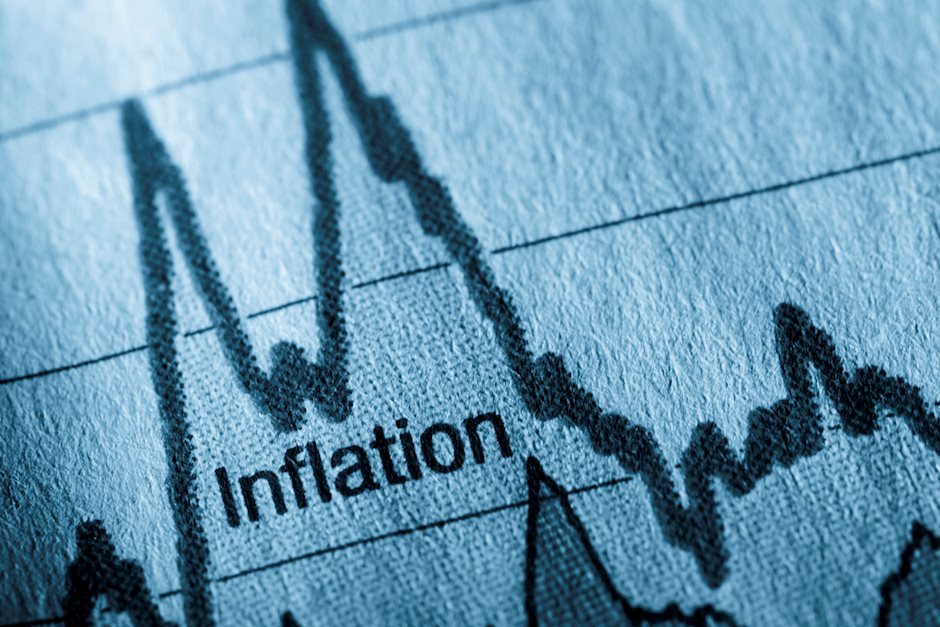Globally inflation is staging a comeback - Natixis

Analysts at Natixis expect that on average over the year, inflation should increase by more than one percentage point in the Eurozone in 2017 (from 0.2% to 1.5%) and in the US (from 1.2% to 2.7%, before peaking at close to 3% at the end of 2017), and even more so in the UK because of sterling’s slump (expected to peak at 3%-4% six months out), but by contrast less so in Japan given the appreciation of the yen this past year.
Key Quotes
“In Q1 2017, the rebound in inflation will be confined to the direct effects of the rise in crude oil prices on consumer prices. Later, probably in H1 2018, inflation will also be fuelled by the indirect effects of the rise in energy costs on prices paid for transportation services and manufactured goods. Finally, as growth in a number of developed economies (US, Eurozone) will be lower than its potential, employment will continue to rise and wages to increase slightly more rapidly than productivity. This therefore points to another increase in unit labour costs. All these developments suggest that core inflation reached bottom last year and that the rebound in inflation, modest as it will be, will be no flash in the pan.”
“The return of inflation will have negative impacts on growth in most economies.
In particular, we expect household consumption to slow by more than half a percentage point next year in G7 countries. When it comes to household spending, the heads of expenditure likely to suffer most from the erosion on purchasing power are household equipment and domestic energy. On the supply side, the rise in the price of crude oil will dent earnings at energy-intensive companies, therefore sectors such as metallurgy, chemicals and air transport. In addition, the return of inflation could lead to a steepening of the yield curve that could negatively affect construction, whereas the impact would be more favourable on the revenues of banks.”
“The normalisation of inflation will be crucial for the fixed income market. This could trigger a normalisation of term premiums, which are abnormally low, hence lead to steepening of yield curves, in turn prompting a normalisation of monetary policies. That is why we expect the Federal Reserve to raise the Fed Funds rate a further three times in 2017 (the risk currently being tilted rather on the upside, i.e. more rather than fewer interest rate hikes).”
“As for the European Central Bank, which recently announced a QE extension until the end of 2017 (but with a reduction in monthly purchases to €60bn past March of next year) in an attempt to decouple the Eurozone yield curve from the US Treasury curve, it will probably announce a “real” tapering of its asset purchase programme in the autumn. The pace is likely to be the same as for the Federal Reserve, i.e. €10bn per month, on a pro rata basis to the assets purchased, from the start of 2018. This suggests that the QE exit will be not completed before the very end of 2018.”
“The Bank of Japan will probably sit out 2017, unless the USD/JPY pulls back below 115 for any length of time (pivot level for 76% of Japanese firms), as this would make it even harder for the central bank to achieve its inflation target.”
Author

Sandeep Kanihama
FXStreet Contributor
Sandeep Kanihama is an FX Editor and Analyst with FXstreet having principally focus area on Asia and European markets with commodity, currency and equities coverage. He is stationed in the Indian capital city of Delhi.

















